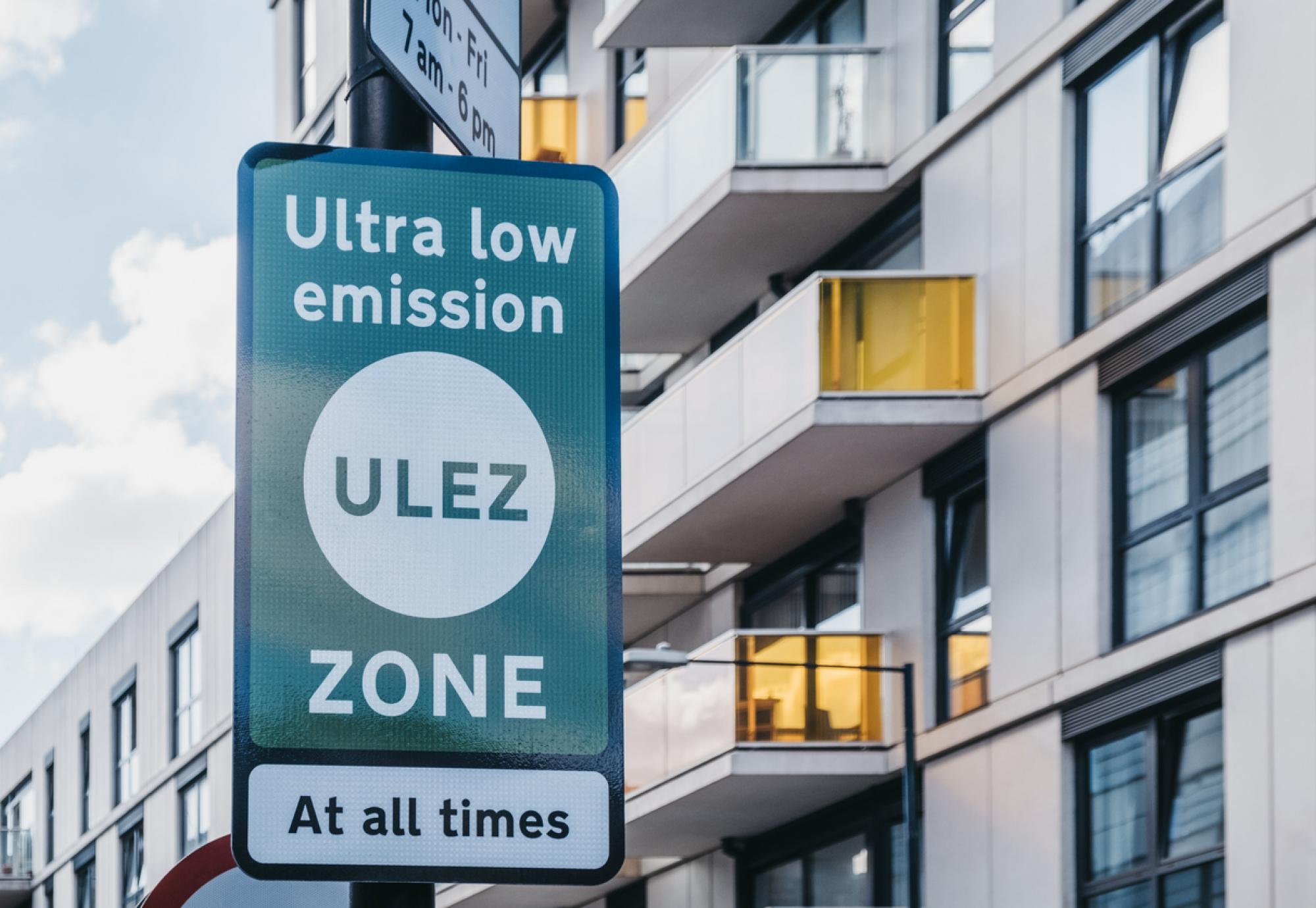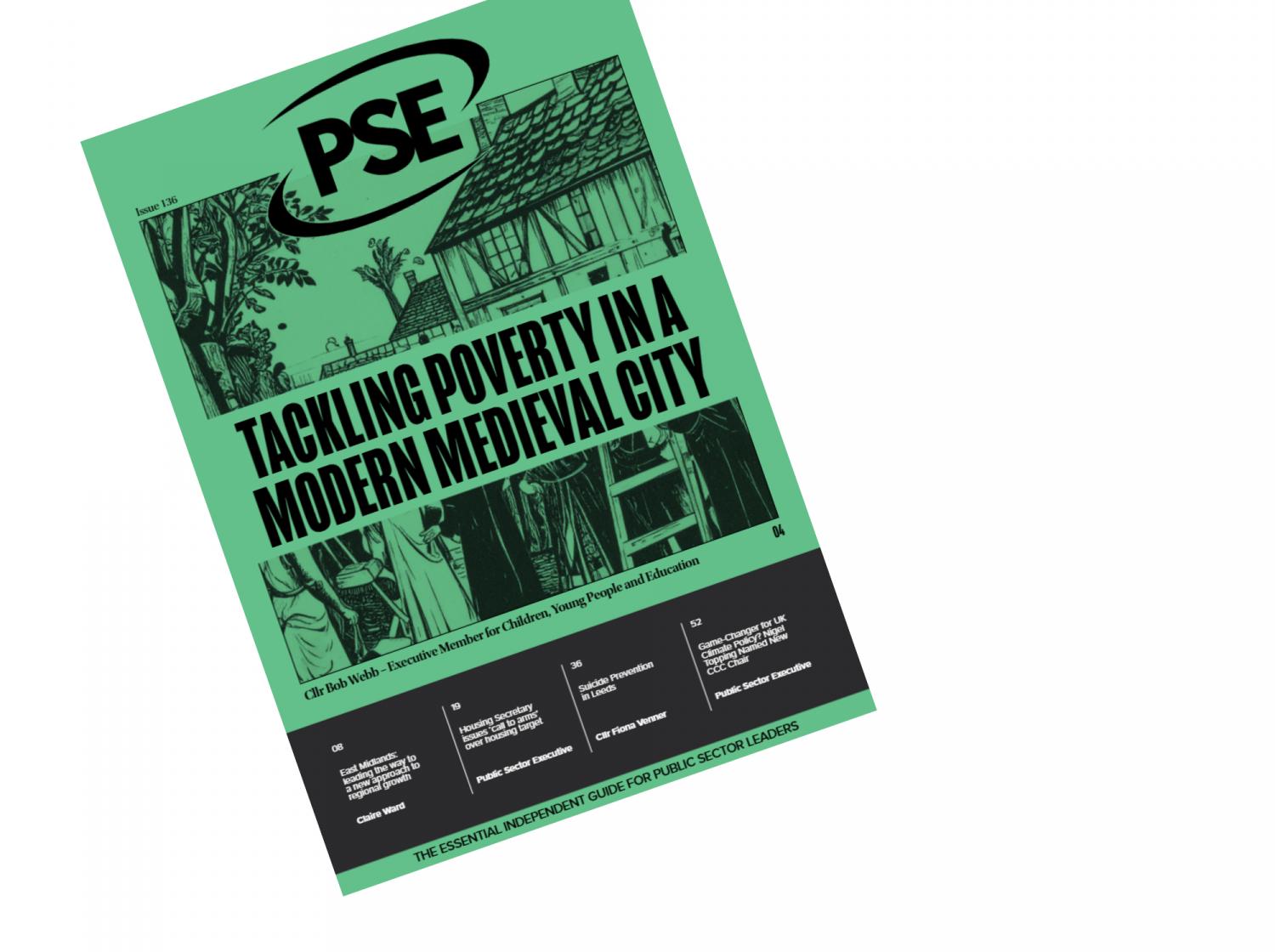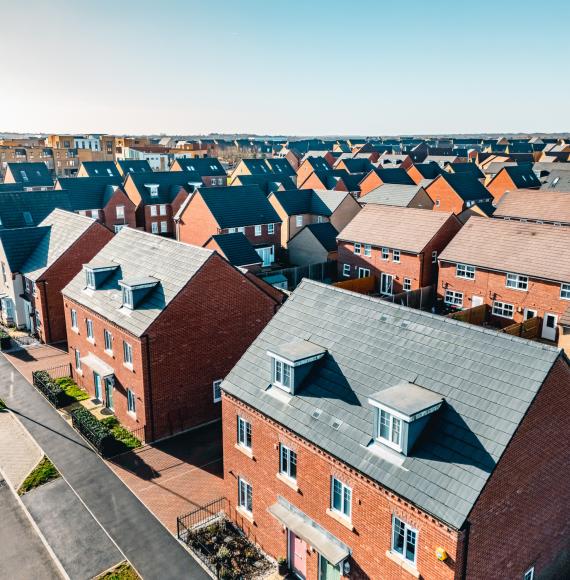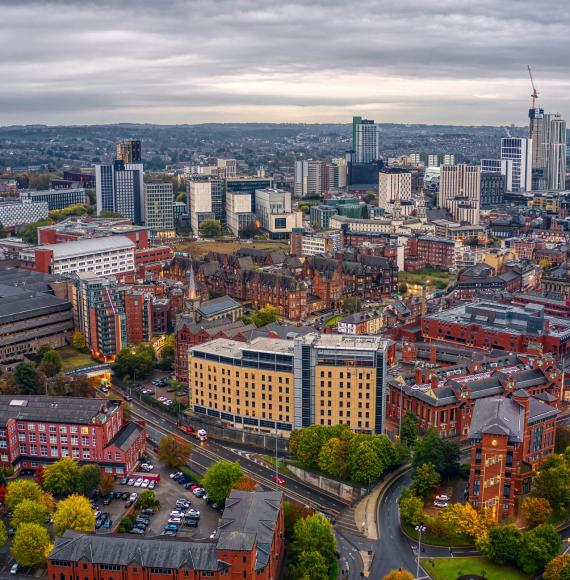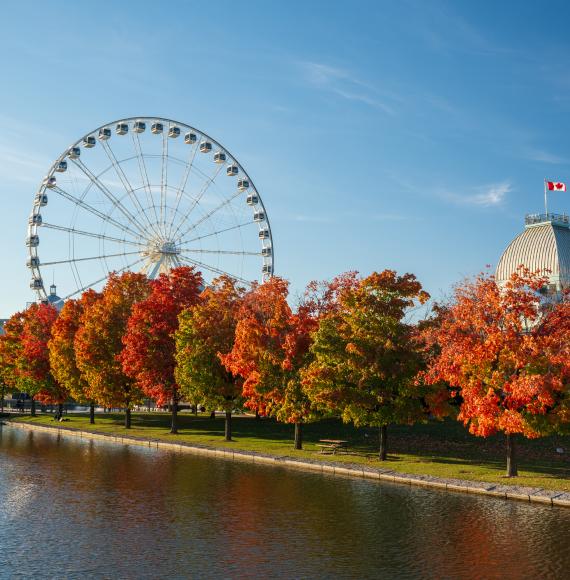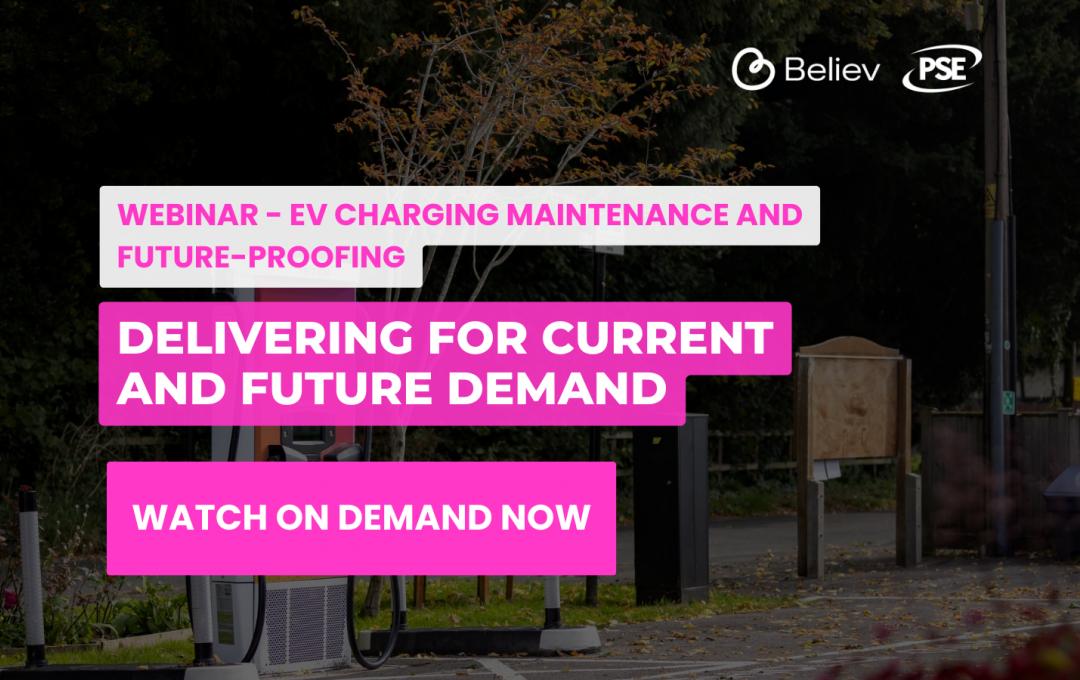City Hall has published a Six Month report on the expanded London-wide Ultra Low Emission Zone (ULEZ) scheme.
Mayor of London Sadiq Khan announced last August that the boundaries of the ULEZ zone were being expanded to have the same boundaries at the Low Emission Zone (LEZ).
The ULEZ zone now covers 1500km2 and covers nine million people, making it the largest zone of its kind in the world.
The key findings from the report suggest that the ULEZ and LEZ schemes are significantly reducing the number of older, high-polluting vehicles on the streets of the capital and the levels of harmful air pollution.
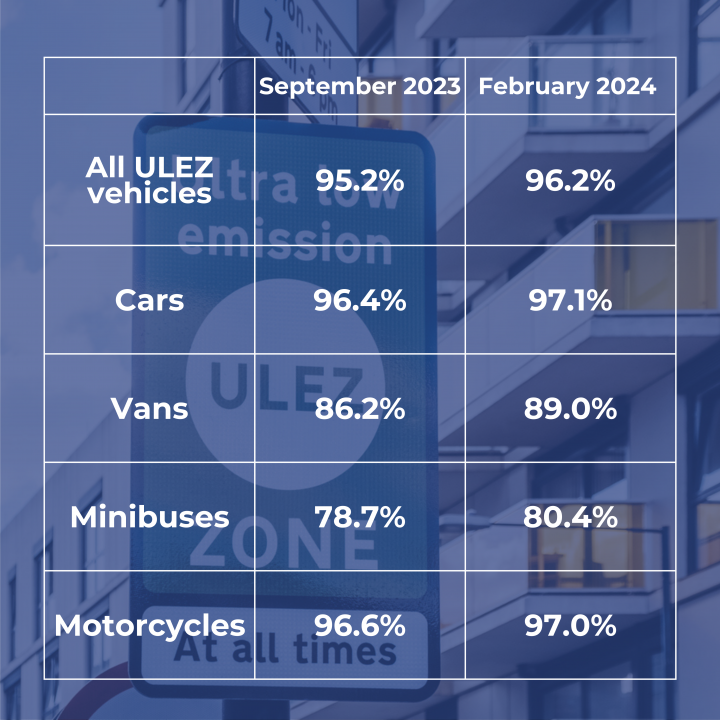
At the time of the ULEZ zone’s expansion in August 2023, 7.4% of the vehicles detected in the London-wide zone were non-ULEZ compliant. This figure decreased each month throughout the first six months, and had almost halved to 3.8% by February 2024.
Meanwhile, the proportion of non-compliant diesel vehicles fell from 26.6% to 14.5% over the same period.
As a result of these trends, nitrogen oxides (NOx) emissions across outer London are between 7 and 13% lower than they would have been had ULEZ not been expanded. This amounts to a saving of around 424 tonnes of NOx.
These emissions reductions have also led to an upturn in air quality in outer London, with roadside nitrogen oxide (NO2) emissions up to 4.4% lower than they would have been without the ULEZ expansion.
The report suggests that NO2 concentrations in outer London are now 21% lower than they would have been without any ULEZ or LEZ intervention, while the concentrations in central London are thought to be 53% lower than they otherwise would have been.
Image credit: iStock

